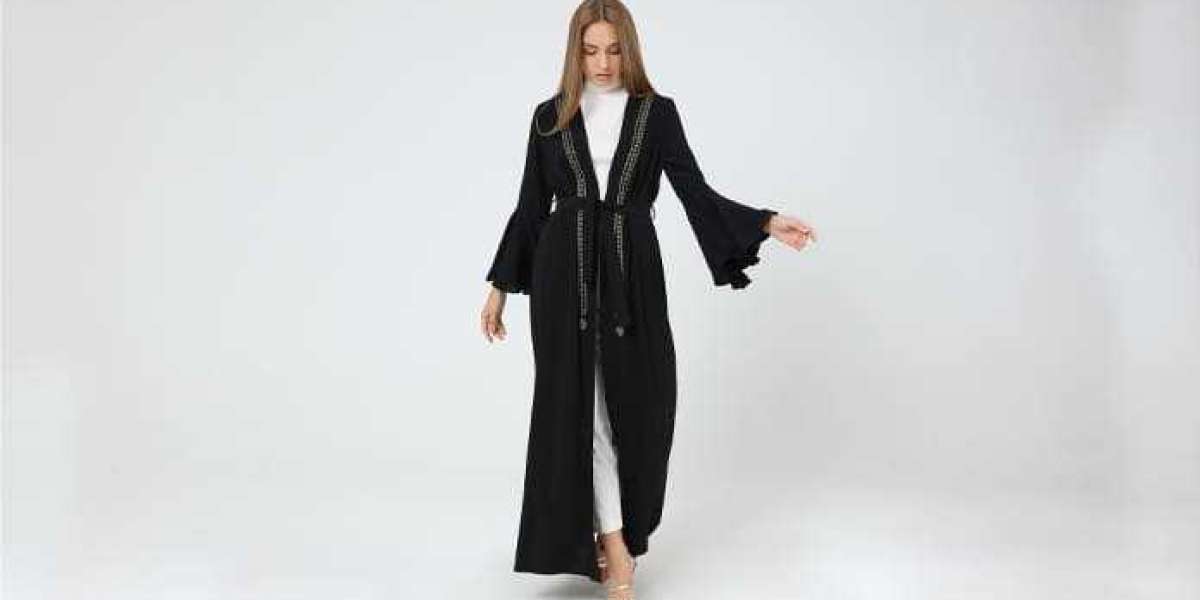The abaya, a traditional over-garment worn primarily by women in the Arab world and the wider Muslim community, is both a symbol of modesty and a fashion statement. Over time, the abaya has evolved from its traditional form to include various styles such as the open abaya, closed abaya, abaya dresses, and the intricately designed embroidered abaya. Each style adheres to cultural and religious norms while offering options for personal expression. Understanding the rules of wearing abayas is crucial for those who wear them either as a cultural practice or a religious obligation.
Cultural and Religious Significance
Abayas are worn primarily to maintain modesty, which is a significant aspect of many cultures and religions around the world, particularly in Islam. The fundamental rule is that the abaya should cover the whole body except for the face, hands, and feet, although interpretations and practices can vary widely depending on geographic, cultural, and individual factors. This attire is not just about adhering to faith-based norms; it is also deeply embedded in cultural identities, often seen as a sign of respect and dignity.
Types of Abayas and Their Specific Rules
Closed Abaya:
The closed abaya is the most traditional style. It is designed as a single piece of fabric and worn like a robe, typically fastened with buttons or a zipper from the neck down to the feet. The rule for wearing a closed abaya is straightforward—it should be loose enough to obscure the shape of the body underneath. The simplicity of the closed abaya makes it suitable for daily wear and formal occasions, emphasizing modesty without sacrificing elegance.
Open Abaya:
The open abaya acts more like a flowing outer cloak that can be worn over clothing. It is usually open at the front, similar to a cardigan or an overcoat, and is often secured at the front with buttons, a zipper, or a fabric belt. While open abayas can be more revealing than their closed counterparts, the primary rule is to wear them over garments that are equally modest. For instance, pairing an open abaya with a long-sleeve maxi dress complies with modesty requirements while allowing for more fashionable expression.
Abaya Dresses:
Abaya dresses are a fusion of traditional abayas and Western-style dresses, tailored to meet modesty standards while being shaped more like a dress. These are typically closed and do not require additional layers underneath. The key rule for abaya dresses is that they should not be form-fitting and should still respect the principle of modesty in terms of coverage and looseness.
Embroidered Abaya:
Embroidered abayas are often chosen for special occasions such as weddings, Eid celebrations, or formal gatherings. While they follow the basic rules of abaya styles—covering the body appropriately—they are adorned with patterns, beads, or sequins. When wearing an embroidered abaya, it is important to balance modesty with the decorative elements, ensuring that the embellishments do not draw inappropriate attention to the wearer's body.
Fabric Considerations
Choosing the right fabric is also part of wearing an abaya correctly. Lighter materials like chiffon, crepe, or lightweight cotton are preferable in hot climates to help maintain comfort. In cooler weather, heavier fabrics such as wool can be used. Regardless of the material, the abaya should not be transparent.
Color and Fit
Traditionally, abayas were only available in black, which is still the most common color due to its association with maximum modesty. However, modern abayas come in various colors, and the choice often depends on the occasion, the wearer's personal taste, and sometimes specific cultural norms. Regardless of color, the abaya should fit loosely enough to conceal the form of the body beneath it.
Conclusion
Abayas serve as a powerful expression of cultural and religious identity. While styles and preferences may vary, the underlying principles of modesty and respect remain constant. Whether choosing a closed abaya for daily wear, an open abaya for a layered look, an elegant abaya dress for simplicity, or a beautifully embroidered abaya for special occasions, understanding and respecting these rules is crucial for anyone wearing an abaya today. This respect for tradition combined with modern adaptations allows for cultural heritage to be celebrated and continued in contemporary fashion.



